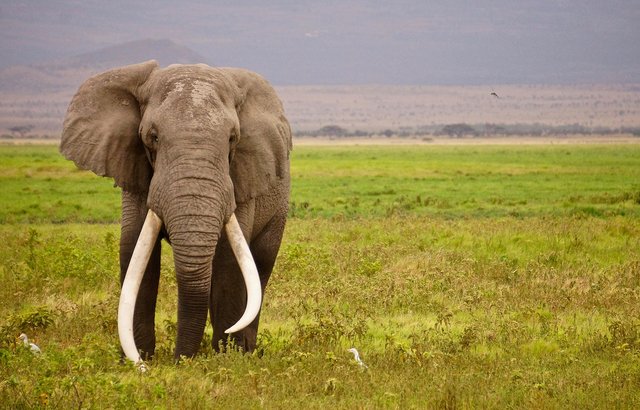Elephants
Elephants, the largest land mammal, attract attention at first glance with their large ears and long trunks. In addition to their imposing bodies, another detail that attracts your attention is their trunks, which enable them to communicate with other elephants and drink water. African elephants also have tusks in both males and females. They use these long fangs to protect their proboscis, move objects, peeling tree bark, defend themselves, and gather food.

There are visible differences between Asian and African elephants. Some of these are that African elephants have larger trunks than Asian elephants. Asian elephants have smaller ears than African elephants. While both males and females of African elephants have tusks, only some males grow tusks in Asian elephants.
Every four or five years, in a matriarchal herd of elephants, a calf is born with the longest gestation period of all mammals at 22 months. The offspring are cared for by the entire herd of the respective females. The female offspring can stay in the herd with their mother for the rest of their lives, while the males leave the herd when they reach puberty and join the herd with the males.

Elephants, like other large animals, need large land areas to survive and find food and water. The average elephant can devote three-quarters of its day to feeding. It consumes hundreds of kilograms of plant matter in a day. With a growing human population and dwindling habitats, elephants are often forced to compete for resources. They are often life-threatening because of the attractiveness of their teeth on the black market.